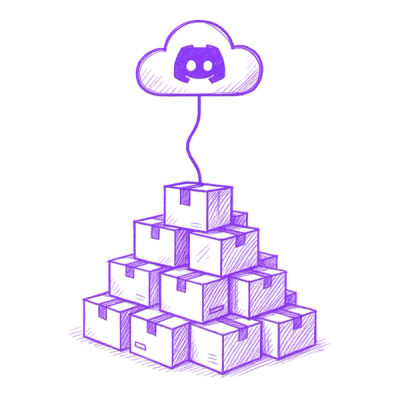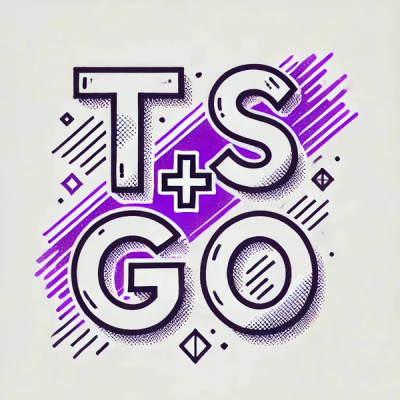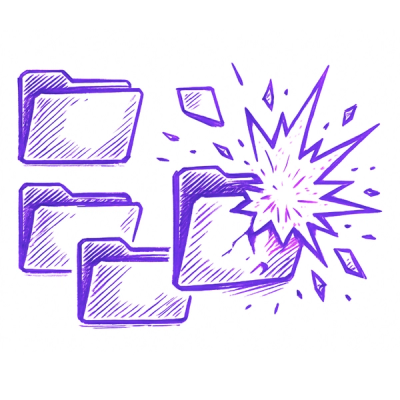django-mongokit
By: Peter Bengtsson, mail@peterbe.com, 2010-2011
License: New BSD License
Bridging Django to MongoDB with the MongoKit ODM
The purpose of this module is to make it easy to use
MongoKit to
define your models for Django if you prefer to use MongoDB instead of
a relational database. This kit takes care of the boilerplate and
makes your MongoKit documents work better with Django as it defines a
_meta class attribute when registering.
Installation
pip install django-mongokit
Usage/Configuration
First of all you need to define a name of the database and but that
into your settings.DATABASES directive. Here's an example:
DATABASES = {
'default': {
'ENGINE': 'django.db.backends.sqlite3',
'NAME': 'example-sqlite3.db',
},
'mongodb': {
'ENGINE': 'django_mongokit.mongodb',
'NAME': 'example',
},
}
Note that default and mongodb are mandatory keys in this settings.
What you can change is the NAME part under DATABASES['mongodb'].
In Django, you might be used to doing something like this:
from django.db import models
class Talk(models.Model):
topic = models.CharField(max_length=250)
date = models.DateTimeField()
Now, with django_mongokit you can do this:
from django_mongokit.document import DjangoDocument
class Talk(DjangoDocument):
structure = {
'topic': unicode,
'date': datetime.datetime
}
This base class gives you some benefits out-of-the-box which will
hopefully make working with MongoKit documents easier such as pk.
This will return the ObjectID of an instance as a byte string which
can be very useful for mapping URLs and finding documents by ID. For
example:
>>> from mongokit import Connection
>>> conn = Connection()
>>> from exampleapp.models import Talk
>>> conn.register([Talk])
>>> database = conn['example']
>>> collection = database['talks']
>>> talk = collection.Talk.find_one()
>>> talk
'4b87c6b19d40b3375a000001'
There's also the _meta attribute which Django people will be
familiar with:
>>> talk._meta
<Meta Talk 'Talk', 'Talks'>
>>> talk._meta.verbose_name
'Talk'
>>> talk._meta.verbose_name_plural
'Talks'
If you want to override any of the _meta attributes you do it just
like you do it with the Django ORM:
class Talk(models.Model):
...
class Meta:
verbose_name_plural = u"Talkings"
A limited set of signals are fired when working with django_mongokit
documents. These are:
pre_deletepost_deletepre_savepost_save
Examples
django-mongokit comes with an example project and an example app
that does some basic things. It might be a good source of inspiration
for how to use django-mongokit to look at this example app.
Django 1.1 (pre multi-db support)
django-mongokit was built for Django 1.2 with the multi-db support
but you can use django-mongokit in Django 1.1 (tested in Django
1.1.1) as a secondary database. For example, you might want to
continue running your application in MySQL/PosgreSQL/Oracle as it is
but you then have a fast logging app that writes to MongoDB. The way
difference from using Django 1.2 is to that you need to specify a
setting called MONGO_DATABASE_NAME like this:
MONGO_DATABASE_NAME = "example"
Document Forms
A version of Django's ModelForm has been supplied for Mongokit Documents, called DocumentForm.
Using it is as simple as:
from django_mongokit.forms import DocumentForm
from models import Talk
class TalkForm(DocumentForm):
class Meta:
document = Talk
This automatically pulls the fields from mongokit's structure attribute, along with associated required_fields and default_values, and builds associated form fields for this document.
You can customize the DocumentForm just like you'd customize a ModelForm:
class TalkForm(DocumentForm):
def clean_when(self):
"""
Take a date object from the DateField and create a
datetime object.
"""
w = self.cleaned_data['when']
when = datetime.datetime(w.year, w.month, w.day, 0,0,0)
return when
class Meta:
document = Talk
fields = ['topic', 'tags']
# You could also explicitly exclude fields
# exclude = ['created_on']
Right now, DocumentForms support the following mongokit datatypes: int, bool, float, unicode, datetime.datetime, datetime.date, datetime.time, list and dict (list and dict show up as character fields editable in JSON format). DocumentForms do not support nested documents or nested dictionary keys at the moment.
DocumentForms do not at the moment support mongokit validations.
Troubleshooting
If you get this error:
django.core.exceptions.ImproperlyConfigured:
'django_mongokit.mongodb' isn't an available database backend.
Try using django.db.backends.XXX, where XXX is one of:
'dummy', 'mysql', 'oracle', 'postgresql', 'postgresql_psycopg2',
'sqlite3'
Error was: No module named mongokit
Then it's simply because you don't have mongokit itself installed.



